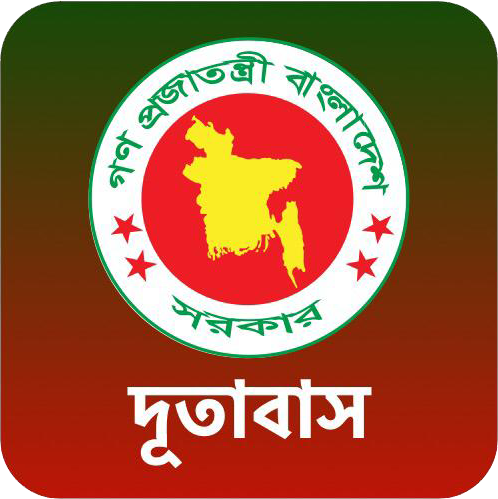Demographies
The population of Bangladesh at 15/03/2011 is 142.3 million (census 2011 results -this is a preliminary figure which has been disputed by the UN and now by Bangladesh themselves), much less than Recent (2007–2010) estimates of Bangladesh’s population range from 150 to 164 million and it is the 8th most populous nation in the world. In 1951, the population was 44 million. It is also the most densely populated large country in the world, and it ranks 11th in population density, when very small countries and city-states are included. A striking contrast is offered by Russia which has a slightly smaller population spread over a land area that is 120 times larger than Bangladesh. Bangladesh’s population growth was among the highest in the world in the 1960s and 1970s, when the country swelled from 50 to 90 million. With the promotion of birth control in the 1980s, the growth rate has slowed. The population is relatively young, with 60% being 25 or younger and 3% being 63 or older. Life expectancy is 63 years for both males and females.
The overwhelming majority of Bangladeshis are ethnic Bengalis, comprising 98% of the population. The remainder are mostly Biharis and indigenous tribal groups. There is also a small but growing population of Rohingya refugees from Burma around Cox’s Bazaar, which Bangladesh seeks to repatriate to Burma. The indigenous tribal peoples are concentrated in the Chittagong Hill Tracts in the southeast. There are 13 tribal groups located in this region, the largest being the Chakma. The Hill Tracts region has been a source of unrest and separatism since and before the inception of Bangladesh. Outside the Hill Tracts, the largest tribal groups are the Santhals and Garos (Achiks), while smaller groups include the Kaibartta, Meitei, Mundas, Oraons, and Zomi.
Nearly all Bangladeshis speak Bangla as their mother tongue and it is the official language. It is an Indo-Aryan language of Sanskrit origin with its own script. English is used as a second language among the middle and upper classes.English is also widely used in higher education and the legal system. Historically, laws were written in English and translated into Bengali until 1987 when the procedure was reversed. The Bihari population speaks Urdu, which was also the language associated with the government prior to separation from Pakistan.






